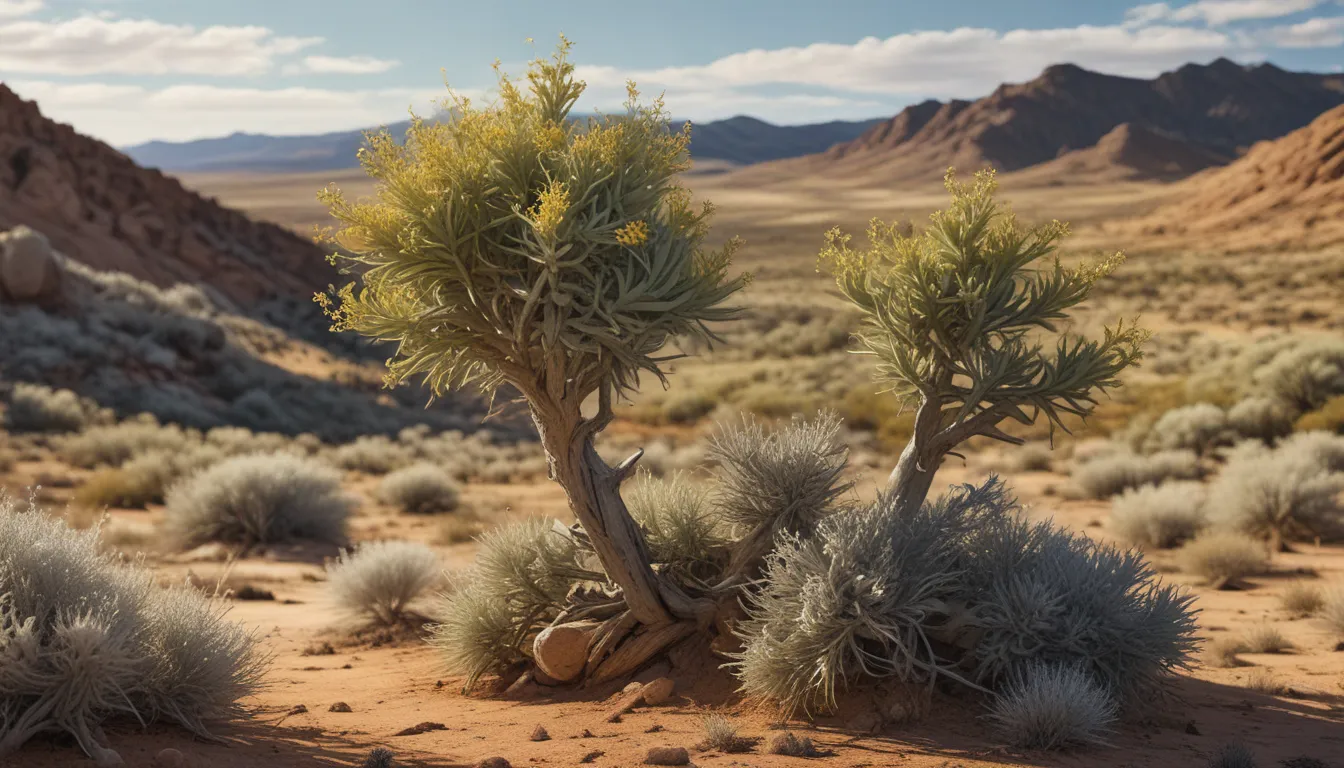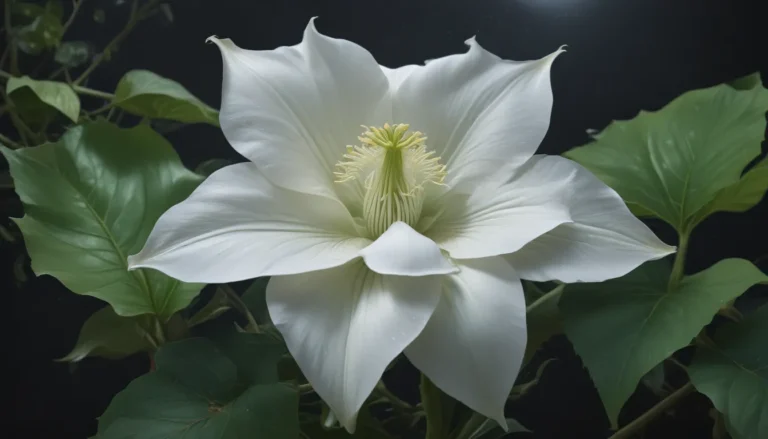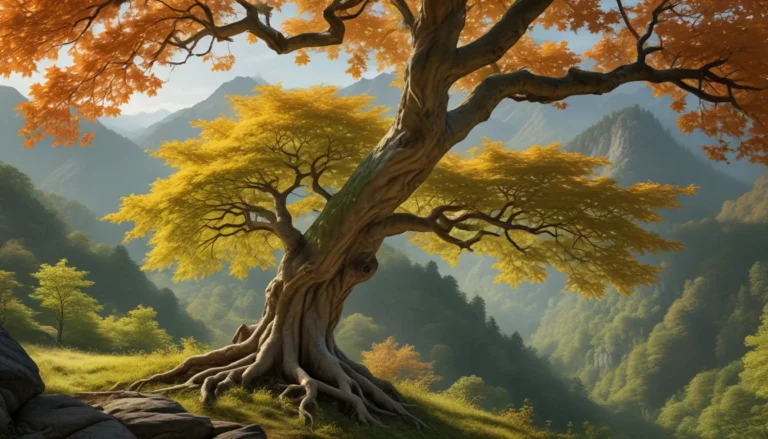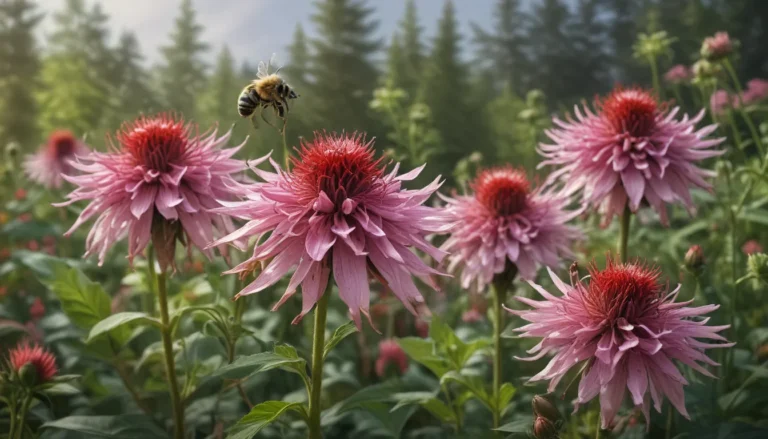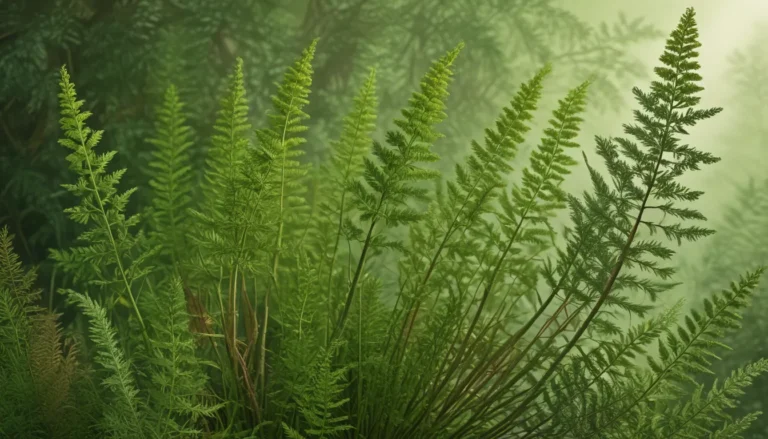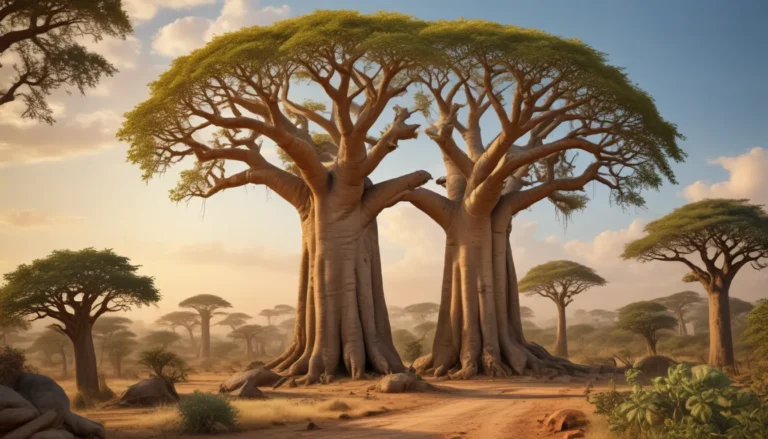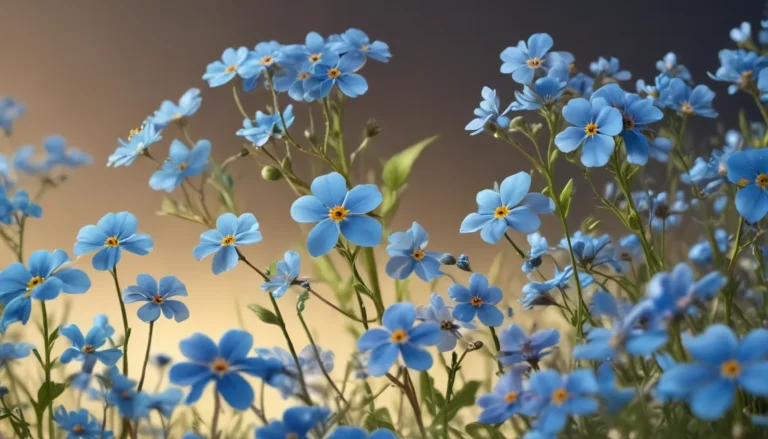The pictures we use in our articles might not show exactly what the words say. We choose these pictures to make you interested in reading more. The pictures work together with the words but don’t take their place. The words still tell you the important facts.
Nevada, known as the Silver State, boasts breathtaking landscapes and unique flora that capture the essence of the wild west. Among its natural treasures lies the sagebrush, the official state flower of Nevada. This resilient and aromatic plant not only thrives in the harsh desert environment but also holds great cultural, ecological, and botanical significance for the state. In this enlightening article, we'll dive into 10 captivating facts about the sagebrush, shedding light on its role in Native American traditions, its impact on wildlife, and its importance in preserving Nevada's delicate ecosystem. Join us on a journey through the captivating world of the sagebrush and discover the secrets that make it a beloved symbol of the Silver State.
Unveiling the Emblem of Nevada: The Sagebrush
1. Known as the emblem of the Silver State, Sagebrush (Artemisia tridentata) is the official state flower of Nevada. This hardy and aromatic plant thrives in the arid landscapes of the state, showcasing adaptability to harsh environmental conditions. Its silvery-green foliage and invigorating scent symbolize the rugged beauty of the Nevada wilderness.
Endurance and Resilience: A Symbol of the Sagebrush
2. Sagebrush symbolizes endurance and resilience, mirroring the tenacity of Nevada's inhabitants and its harsh natural environment. Despite its unassuming appearance, this plant plays a crucial role in the state's ecosystem, offering sustenance and shelter to various wildlife, including the Desert Bighorn Sheep, Nevada's state animal. Its deep roots in the state's identity highlight its critical importance.
Journey Through History: Sagebrush’s Historical Significance in Nevada
3. Sagebrush boasts deep historical roots in Nevada, dating back to the time of early settlers and Native American tribes. Its presence in the state's folklore, medicine, and daily life underscores its cultural significance and enduring legacy. As a symbol of rugged beauty and resilience, it has become an iconic representation of the state's identity.
Aromatic Essence: Captivating Scents of Sagebrush
4. The aromatic essence of Sagebrush permeates the Nevada landscape, evoking nostalgia and a profound connection to the land. Its fragrance is a testament to the untamed spirit of the Silver State, captivating all with its evocative scent and embodying the essence of Nevada's natural beauty.
Biodiversity Amongst Diversity: The Diverse Species of Sagebrush in Nevada
5. Nevada is home to several distinct species of Sagebrush, each adapted to thrive in specific microclimates and elevations across the state. This diversity showcases the plant's remarkable ability to adapt and flourish in the challenging environments characterizing Nevada's terrain.
Ecological Harmony: Sagebrush as a Haven for Wildlife
6. Sagebrush serves as a vital habitat and food source for a myriad of wildlife species, including birds, small mammals, and insects. Its presence sustains a delicate ecological balance within Nevada's ecosystems, fostering biodiversity and resilience in the face of environmental challenges.
Promoting Environmental Stability: The Ecological Importance of Sagebrush
7. Sagebrush plays a critical role in stabilizing soil, preventing erosion, and mitigating the impact of desertification in Nevada's arid landscapes. Its deep roots anchor the soil, contributing to the preservation of the state's delicate ecological balance and safeguarding its natural resources.
Cultural Tapestry: Sagebrush’s Reverence in Nevada’s Heritage
8. Sagebrush holds a revered place in Nevada's cultural heritage, inspiring artists, writers, and storytellers alike. Its enduring presence in the state's cultural tapestry reflects the profound impact of the natural world on the artistic expression of its inhabitants, further highlighting the plant's significance.
Conservation Endeavors: Protecting Nevada’s Iconic Sagebrush
9. Conservation efforts are in place to safeguard Sagebrush ecosystems in Nevada, ensuring the preservation of this iconic plant and the diverse wildlife reliant on it. These initiatives underscore the state's commitment to conserving its natural heritage for future generations to appreciate and cherish.
The Living Symbol: Sagebrush’s Enduring Legacy in Nevada
10. Sagebrush stands as a living symbol of Nevada's indomitable spirit, resilience, and natural beauty. Its presence in the state's emblem and its deep-rooted legacy in the hearts of its people epitomize the profound connection between the plant and the identity of the Silver State.
In conclusion, the sagebrush, Nevada's state flower, embodies a fascinating blend of history, cultural significance, and ecological importance. Its aromatic essence and resilience make it a cherished symbol of the state's rugged beauty. By recognizing the value of the sagebrush and its vital role in supporting wildlife and maintaining ecological balance, we can deepen our appreciation for Nevada's natural treasures and contribute to conservation efforts that aim to preserve this iconic plant for generations to come.
FAQs
What is the significance of the sagebrush as Nevada's state flower?
The sagebrush symbolizes Nevada's resilient spirit and rugged beauty while providing essential habitat and food for diverse wildlife, making it a crucial component of the state's biodiversity.
Can the sagebrush be grown in home gardens outside of Nevada?
While the sagebrush is adapted to specific desert conditions, cultivating it in home gardens can be challenging due to its specialized habitat requirements. However, cultivated varieties are available for those interested in growing this iconic plant, especially in arid or xeriscape landscapes.
Delve into the captivating world of the sagebrush, explore its rich history, and embrace its significance as a symbol of Nevada's untamed beauty. Join us in celebrating this iconic plant and its invaluable contributions to the state's ecosystem and cultural heritage.
